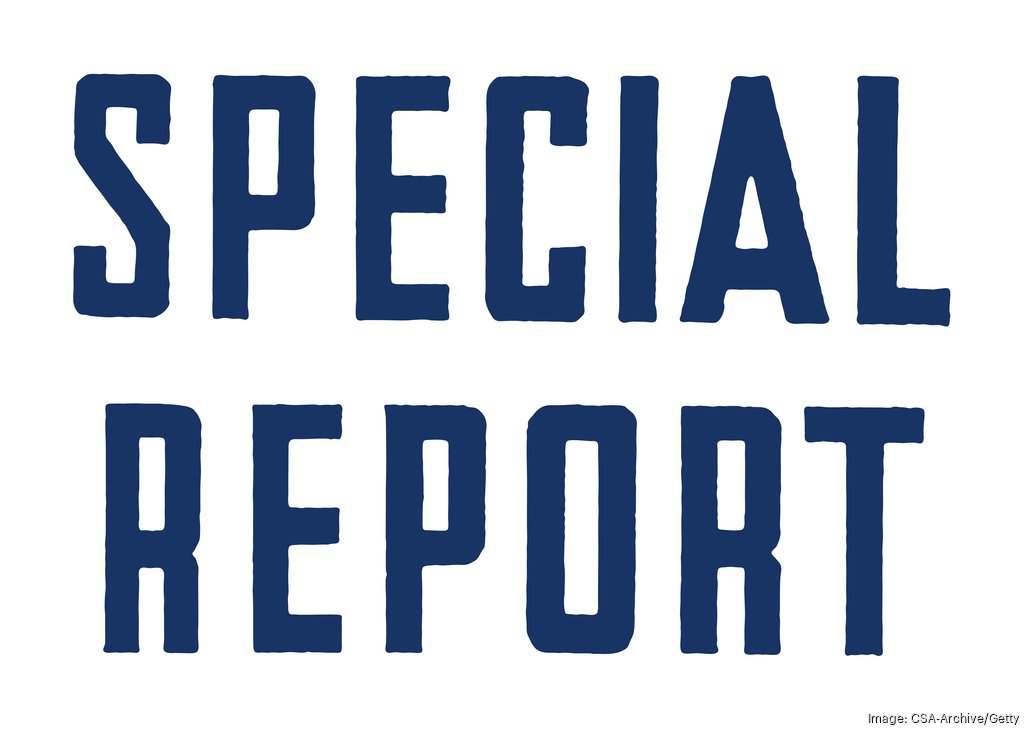PBN recently checked in with two Hawaii architectural firms on this week’s List of firms, as ranked by 2022 billings. Here’s what they had to say about design trends, supply chain issues, and hiring.
Regarding the architectural industry, what’s trending, and why is this trend significant?
Charles Kaneshiro, president/COO, G70: Resilience is at the forefront for many in the design industry, but I wouldn’t call it a trend. It’s simply about the survival of our planet. One example on a local level is the impact of Honolulu City Council Bill 41, which was signed into law by the mayor on March 9. His ordinance significantly increases the shoreline setback on Oahu according to sea-level rise models and severely restricts future improvements for properties in the setback. G70 and Sea Engineering have created a sea-level rise consulting service to assist property owners with planning for and implementing design solutions to mitigate this challenge.
Brent Tokita, president, RMA Architects Inc.: Government agencies are increasing pay and fringe packages to pull workers from the private sector to do administrative work. This makes it hard to compete and provide design services to these same government entities.
Inflation and supply chain issues appear to have remained on the 2023 menu. How do they affect architectural firms?
Tokita: Many of our private projects are going through multiple rounds of repricing and value engineering to try and keep them alive. Architects must be flexible and pragmatic problem solvers.
Kaneshiro: Both issues have had major impacts on construction costs and delivery of projects. The rapid inflation of construction pricing has killed or deferred several of our projects. Those that have proceeded are taking much longer to complete because of the supply chain issues. Fast track projects are nearly impossible to do in this climate and early planning with the design and construction team is vital to project success.
How is the 2023 hiring outlook in the Hawaii architectural sector? Do you have enough architects, and if not, how difficult is it to find qualified candidates here?
Kaneshiro: Hiring in architecture continues to be a challenge. There are few qualified, experienced candidates in the market, and everyone seems to be looking. G70 has staffing for all our current projects, but based on our projections, if everything we’re pursuing becomes a project, then we will definitely need additional architects. Finding those candidates in Hawaii has always been an obstacle, but over the last 50 years we seem to always find a way.
What new architectural concepts are you excited to try out at your firm?
Kaneshiro: WELL [Building Standard] is a third-party certification program focused on measuring, certifying and monitoring features of the built environment that impact human health and well-being. G70 has four WELL-accredited professionals, and we’re excited about the opportunity to implement these concepts on our projects.
He said it
“Our total [enrollment] numbers are at around 330, up 25% from five years ago. The master of landscape program is now fully accredited. … The [doctor of architecture, or] DArch program numbers are steady at about 60; our [master of architecture, or] MArch program, instituted last year, has 17 enrolled students. Covid had the biggest impact on our global track dual degree program with Tongje University in Shanghai. We are starting to rebuild that now after three years of mostly online teaching. … [We’re most excited about the] increased funding for our University of Hawaii Community Design Center, which brings in proof of concept projects from the state and other agencies. The graduate certificate program in historic preservation is now officially in the School of Architecture.
-William “Bill” Chapman, interim dean of the University of Hawaii at Manoa’s School of Architecture, on preparing future generations of architects
